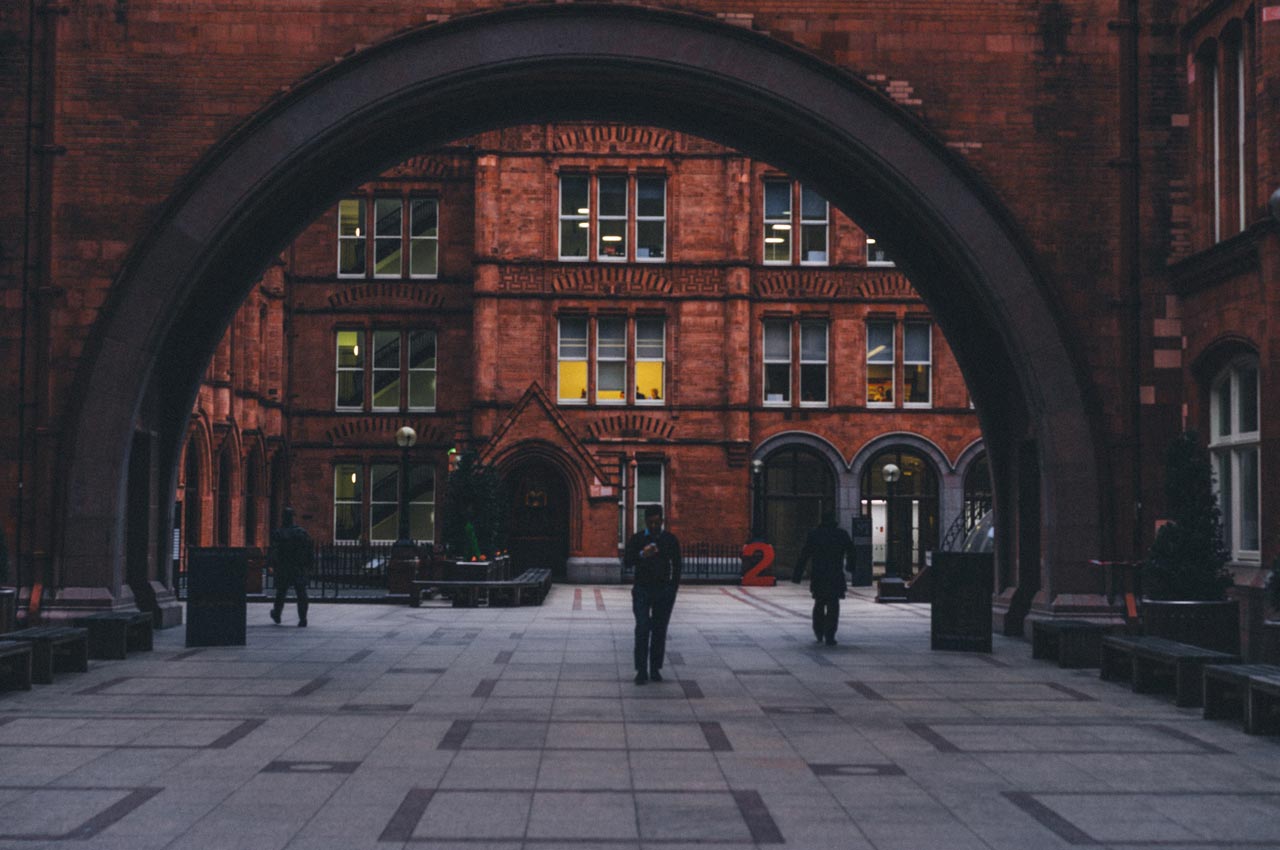How Technology and Teamwork Are Helping the World’s Largest Land Animals Live in Peace
Across the golden plains of Africa, elephants travel for hundreds of kilometers in search of food, water, and safety.
But as towns grow and farms expand, their ancient paths — called migration corridors — are getting harder to follow.
Now, a new conservation project across Kenya, Botswana, and Tanzania is giving elephants their roads back — with the help of drones, satellites, and local heroes.
🛰️ TRACKING THE GENTLE GIANTS
Scientists from the Elephant Protection Initiative Foundation and WWF-Africa have mapped more than 70 major elephant corridors using satellite imagery and motion-tracking collars.
These “invisible highways” connect forests, rivers, and grasslands — vital routes that elephants have followed for centuries.
💬 “It’s like discovering nature’s old highways and making sure no one blocks them again,” explains wildlife biologist Dr. Amina Odhiambo from Kenya.
The data helps governments plan roads and farms so that people and elephants can live side by side safely.
🖼️ Illustration idea: A map showing elephants walking through a green corridor surrounded by villages and farms.
💧 WHEN SCIENCE MEETS COMMUNITY
Technology alone can’t save wildlife — people can.
In northern Botswana, villagers have built “bee fences” — lines of beehives strung along farm edges.
Elephants, who dislike buzzing bees, stay away from crops, and farmers get honey as a reward!
In Kenya, schoolchildren are part of Eco-Clubs that plant trees along elephant paths and teach families how to use warning lights instead of weapons when elephants approach.
💬 “We learned that elephants are our neighbors, not our enemies,” says 13-year-old Lucy Kamau, an Eco-Club member.
🧠 ELEPHANT FACTS TO AMAZE YOU
📦 Did You Know?
- An adult elephant eats 150 kg of food and drinks up to 200 liters of water every day.
- Elephants can “talk” using low-frequency sounds that humans can’t hear — it’s how they stay connected over miles.
- Africa’s elephants are divided into two species: savanna elephants and forest elephants.
🌿 A HOPEFUL FUTURE
In October 2025, the African Union’s new Wildlife Harmony Pact was signed in Addis Ababa, pledging more protected corridors across the continent.
The goal: reduce human-elephant conflict by 40 % before 2030.
💬 “When elephants move freely, ecosystems thrive,” says Dr. Odhiambo. “Protecting them protects us too — clean water, trees, and balance.”
🖼️ Illustration idea: A mother elephant leading her calf through tall grass as drones monitor safely above.
🌍 WHAT WE CAN LEARN
Even though elephants live far away, their story teaches everyone — including kids — an important truth:
When we make space for nature, nature makes space for us.
💬 “Every path we protect keeps a promise alive — that the wild will always have a home.”



